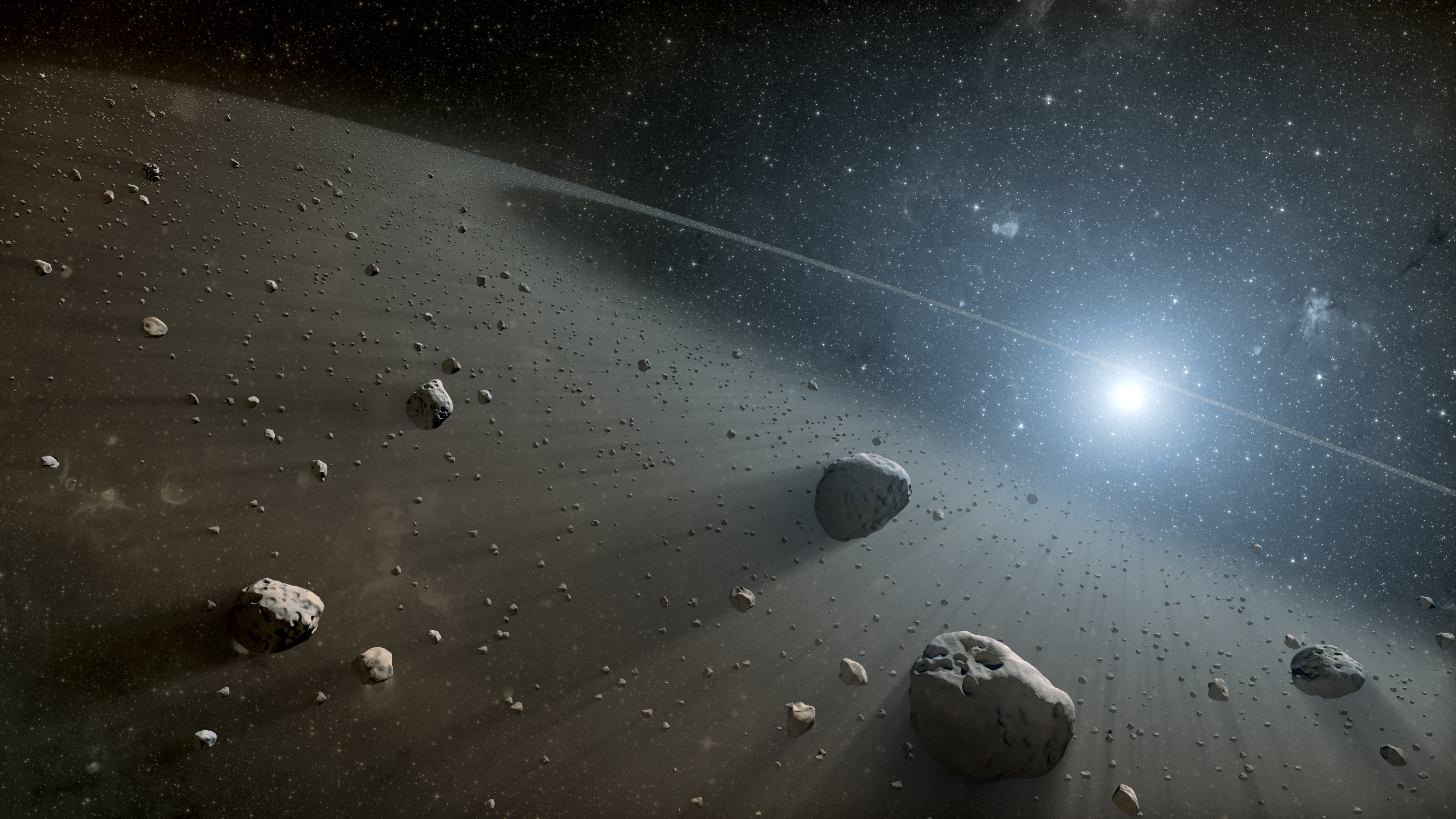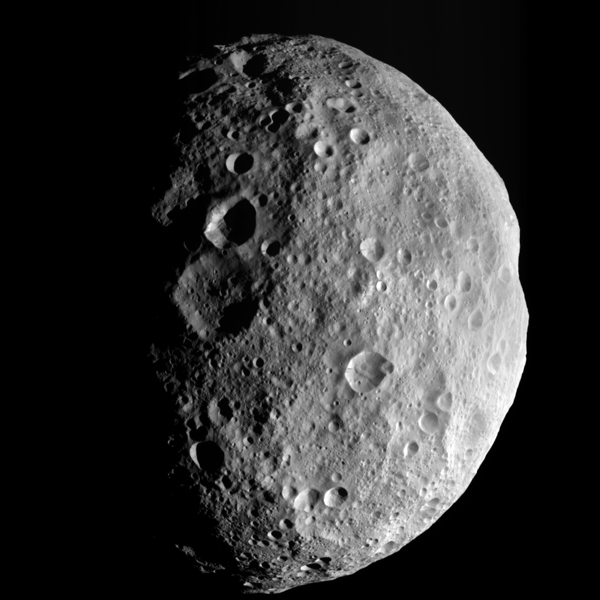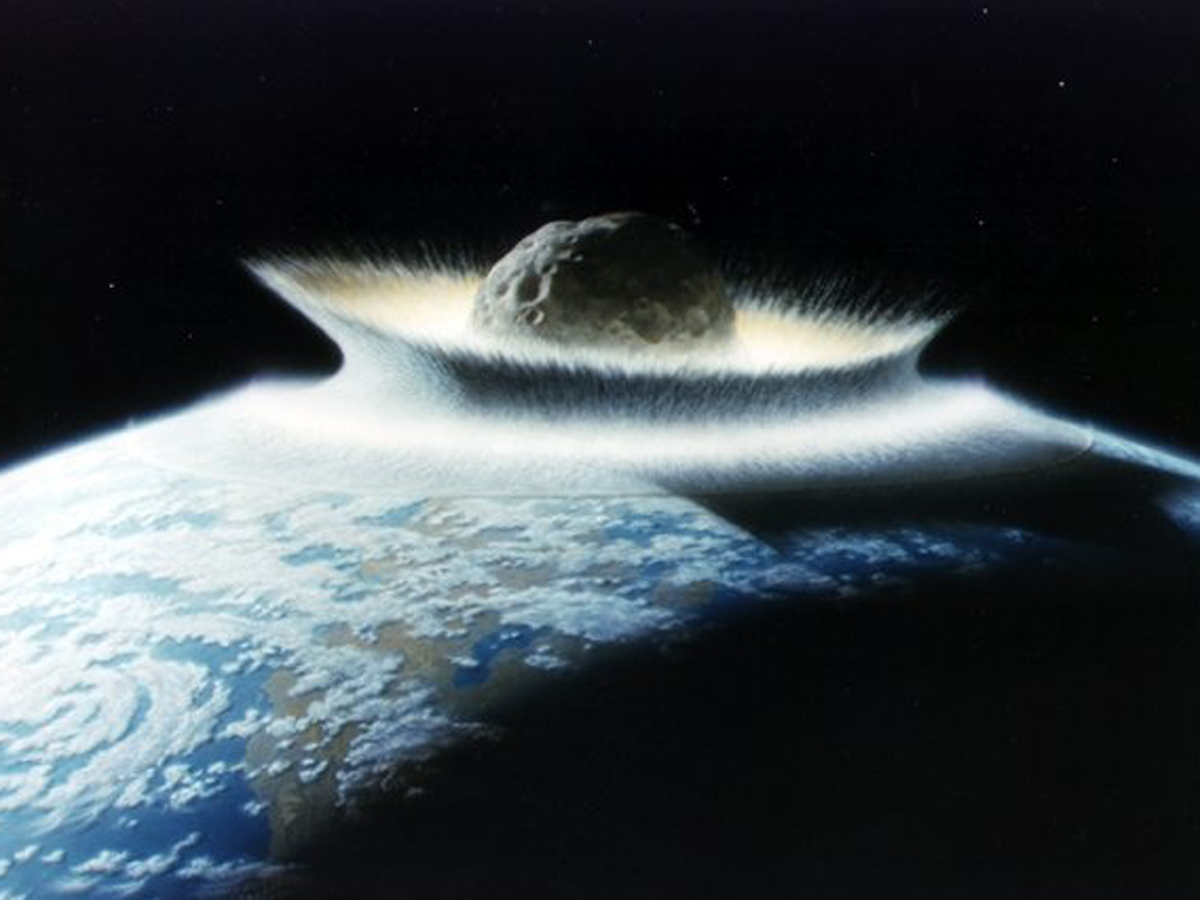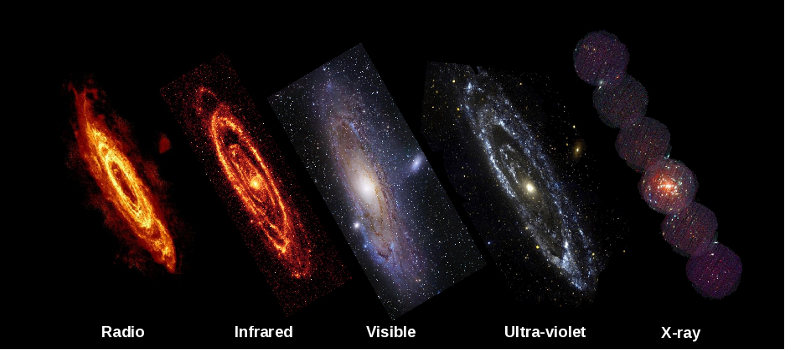Section 1.4: If an object from space hit us, would it really be Armageddon?
Meteors
There are millions of asteroids in the Solar System and many are thought to be the shattered remnants of planetesimals (bodies which never grew large enough to form planets).
It is generally correct that asteroids are contained within certain areas in the Solar System, called belts. Asteroid belts are positions in space where planets were unable to collect matter when forming in the early Solar System. The large majority of known asteroids orbit in the asteroid belt between the orbits of Mars and Jupiter, or are co-orbital with Jupiter (the Jupiter Trojans). However, other orbital families exist with significant populations, including the near-Earth asteroids and in areas surrounding the planets.

This artist's concept illustrates an asteroid belt around the bright star Vega. Evidence for this warm ring of debris was found using NASA's Spitzer Space Telescope, and the European Space Agency's Herschel Space Observatory, in which NASA plays an important role. (credit: NASA/JPL-Caltech)
Asteroids vary greatly in size, from almost 1,000 km for the largest down to rocks just tens of metres across. The three largest are very much like miniature planets and they are roughly spherical. The vast majority, however, are much smaller and are irregularly shaped.
The three largest recorded bodies are Ceres with a diameter of 975 km (610 mi - the same as the distance from London to Northern Spain), 2 Pallas and 4 Vesta, both with diameters of just over 500 km (300 mi). Vesta is the only main-belt asteroid that can, on occasion, be visible to the naked eye.

This image is from the last sequence of images NASA's Dawn spacecraft obtained of the giant asteroid Vesta, looking down at Vesta's north pole as it was departing. (credit: NASA/JPL)
Because of the close proximity of asteroids in their respective positions in the Solar System, collisions are common in the asteroid belt. When impacted, an asteroid will undergo two possible outcomes; the asteroid is cratered or the asteroid is catastrophically disrupted or smashed apart.
When an asteroid is cratered, the impacting body is either too small or too slow and therefore lacks the required impact energy to break the asteroid apart. If the impacting body does have enough energy to start catastrophic disruption, the asteroid will break apart but the asteroid fragments will either remain relatively close to the original (parent) asteroid’s position or the fragments will be energetically ejected from the original position. The fragments can move off into the asteroid belt with further consequences such as secondary impacts or be ejected from the belt entirely. Collections of asteroid fragments heralding from the same parent asteroid are called asteroid families.
ACTIVITY: Spot some asteroids in Asteroid Zoo.
But how do asteroids concern us and our planet?
This is a question which has been asked many times before and with the recent meteorite impact on 15th February 2013 on the city of Chelyabinsk Russia, has been thrown into the forefront of attention.
If you watch a video of it, you will notice that the sonic boom of the passing had the greatest effects.
ACTIVITY: Why not have a go at using this programme to determine the energy and outcomes of impacts onto the Earth? By varying the diameter, angle, speed and material of the incoming impactor, you can see the type of crater it will make.
When the Earth is impacted by an asteroid or smaller, the impactor (if too small to make it through the atmosphere) will create a shockwave in the atmosphere at the point of impact. The shockwave then dissipates through the atmosphere depending on the amount of energy it has.

Impression of the Earth being hit by a very large meteorite. (credit: NASA/Don Davis)
Impactors which are equal to or greater than 100 m in diameter are large enough to survive the effects of the Earth’s atmosphere and impact on the Earth. The largest nuclear device recorded was Tsar Bomba and was detonated with an explosive yield of 58 mega tonnes; this is approximately equivalent to an impactor diameter of 105 m!
ACTIVITY: To see the types of materials that make up meteorites, have a look at them under the Virtual Microscope.
What can we do about large asteroids on a collision course with the Earth?
Luckily the question is being answered at the moment.
We are very lucky that the Earth is a moving target, so the earlier we sense an asteroid on possible collision, the sooner we act, the greater the chances we’ll be safe. There are two main forms of strategy we can use: Delay or Destruction.
The delay strategy works in the way of slowing or moving the asteroid from its present orbit so by the time it gets to the Earth, our planet would have moved in its orbit and therefore the asteroid miss us. Charged particle beams and asteroid orbiting satellite gravity tractors have been proposed to deal with this amongst other concepts.
The destruction strategy is concerned with destroying the incoming asteroid into smaller asteroid fragments thereby reducing the risk of impact on Earth’s surface because the small fragments will not be able to survive re-entry through Earth’s atmosphere. However, there is a risk that the asteroid may be fragmented in an unpredictable way.
The main proponents for this level of strategy are nuclear ballistic warheads and Hypervelocity Asteroid Intercept Vehicles (HAIV). Both scenarios have been modelled and have been found to be successful in neutralising asteroid impactors 1 000 m in diameter.

